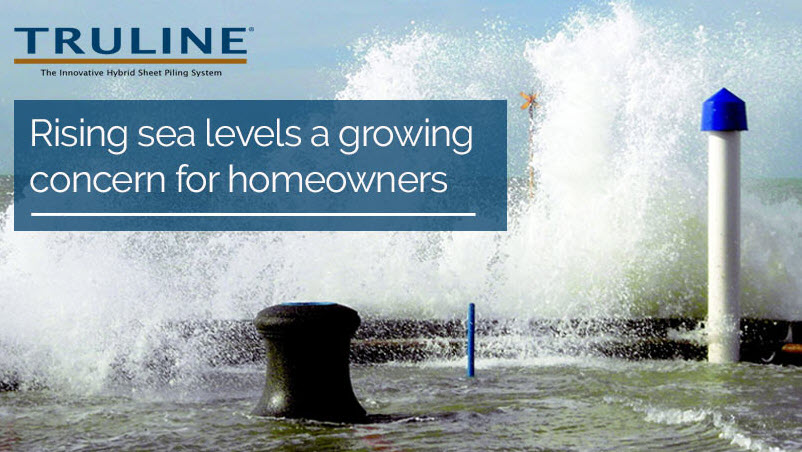As sea levels rise, homeowners with shore-front properties are finding it increasingly difficult to sell their homes. Home buyers are beginning to view them as risky investments. However, seawalls may be the solution to preventing rising sea levels from destroying homes and business along the shore.
Estimates suggest that sea levels will rise 3 feet by the year 2100. This would affect 4.3 million people, and those are the conservative estimates. If it rises 6 feet by 2100, then 13.1 million people living along the coast would be affected.
Some of the most vulnerable American shoreline lies along the Gulf Coast, which has seen a drop in real estate sales. In fact, this alarming trend is set to continue. Those searching for new homes are beginning to turn away from waterfront properties. As insurance rates rise, those who have waterfront property begin to contemplate selling.
Seawalls may be the best solution to rising sea levels
Selling their homes and moving further inland may be the solution that homeowners make one by one, but is that really the best solution? Without a plan, estimates for the annual cost of flood damage in the year 2100 look grim. Best case scenario? Hundreds of billions of dollars. Worst case scenario? One hundred trillion.
The research also showed suggested that building seawalls may be cheaper than the cost of rising water. A solid investment in infrastructure begins with understanding how seawalls provide protection. Built properly, with the proper materials, and maintained correctly, these permanent walls can serve as protection from the encroaching water.
As sea levels rise, shore front communities will continue to look to seawalls as a solid solution. If you are interested in learning more about how a new or replacement seawall may be right for you feel free to contact us.

